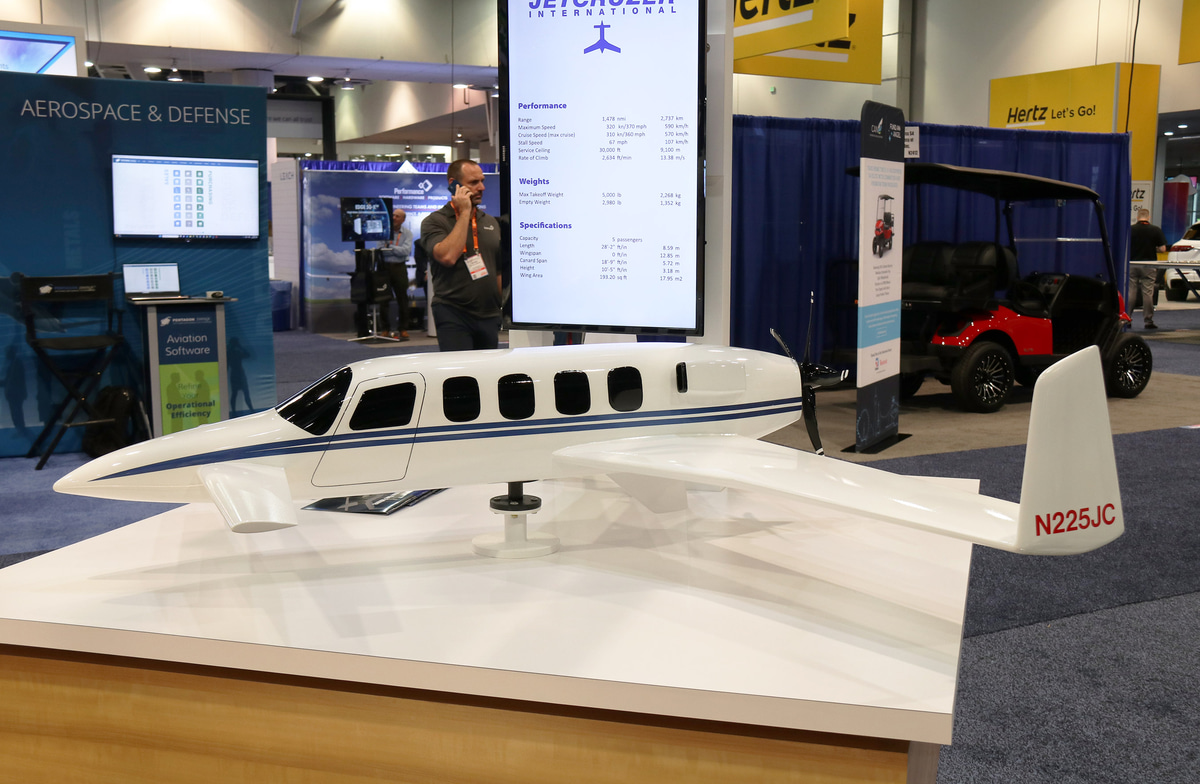Advancements in Aircraft Engines and Batteries Propel Aviation Industry Forward
Key Ideas
- EASA certifies Safran's 125-kilowatt engine after a four-year approval process, marking progress in electric motors.
- Pratt & Whitney's hydrogen engine project demonstrates a 35% efficiency increase and significant reduction in nitrogen oxides.
- Amprius introduces 'SiCore' batteries for eVTOL aircraft, promising rapid energy delivery and enhanced performance.
- Airbus collaborates with BAE on micro-hybridization energy storage, aiming for improved battery support during operations.
The recent developments in the aviation industry showcase a significant step forward in engine and battery technologies. EASA's certification of Safran's 125-kilowatt engine after a lengthy approval process highlights the progress in electric motors for aircraft. Additionally, Pratt & Whitney's hydrogen engine project has demonstrated a remarkable 35% increase in efficiency and near elimination of nitrogen oxides, showing promise for cleaner and more efficient propulsion systems. Amprius's 'SiCore' batteries offer a solution for eVTOL aircraft, providing rapid energy delivery without compromising endurance, which can significantly boost aircraft performance. Airbus's collaboration with BAE on micro-hybridization energy storage aims to enhance battery support during various operational phases. These advancements signal a positive trajectory for the aviation industry, paving the way for more sustainable and efficient aircraft technologies.
Topics
Certification
Aviation
Energy Storage
Battery Technology
Efficiency
Electric Propulsion
APU
Hypersonic Test Facility
Latest News
